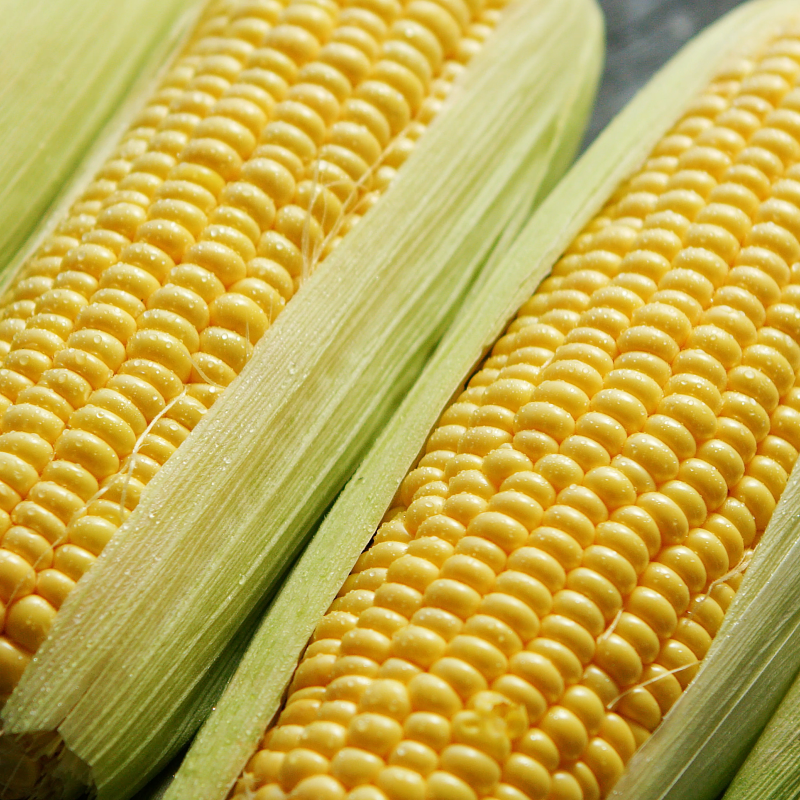Global food supply ‘at risk‘ from indirect impact of Russian invasion of Ukraine

In a worst-case scenario, maize supplies could be reduced by 85 percent in some regions, researchers warned.
Global food supplies are “at risk” from the direct and indirect impact of Russian president Vladmir Putin’s invasion of Ukraine.
This is the conclusion of a study by researchers in Austria, who modelled the impacts that shocks in Ukraine to the global food system can have on product supply elsewhere.
As the Russia–Ukraine war enters its second year, the European Council reported that food prices remain above their 2021 levels.
Alongside this, the team noted, other events like economic crises, geopolitical tensions and extreme weather events can cause similar shocks to the food system.
This, they said, underscores the importance of learning about the ways in which such shocks can have knock-on effects.
The research was undertaken at the Complexity Science Hub Vienna — which is headed up by the Austrian physicist and complexity researcher Professor Stefan Thurner.
He said: “Previous studies often focus on direct dependencies and overlook indirect dependencies resulting from the unavailability of essential inputs.”
This, he added, makes “a comprehensive assessment of the global food system difficult.”
To address this, Professor Thurner and his team developed a dynamic global food system model that incorporated data from 192 countries on a total of 125 agricultural and food products.
Paper co-author and computational scientist Moritz Laber said: “This model enabled us to simulate shocks to specific products and countries, closely monitoring the subsequent effects across the entire supply chain.”
This allowed the team in particular to quantify the reduction in product availability compared to the baseline scenario in which the shock didn’t happen.
Their analysis revealed — surprisingly — that indirect effects in the food system were often greater in magnitude than direct effects.
For example, the researchers noted, modelling a shock to Ukrainian corn production led to a 13 percent decrease in the availability of pork in Southern Europe.
In contrast, a shock to Ukrainian pork production had a “negligible” effect — of less than one percent.

















